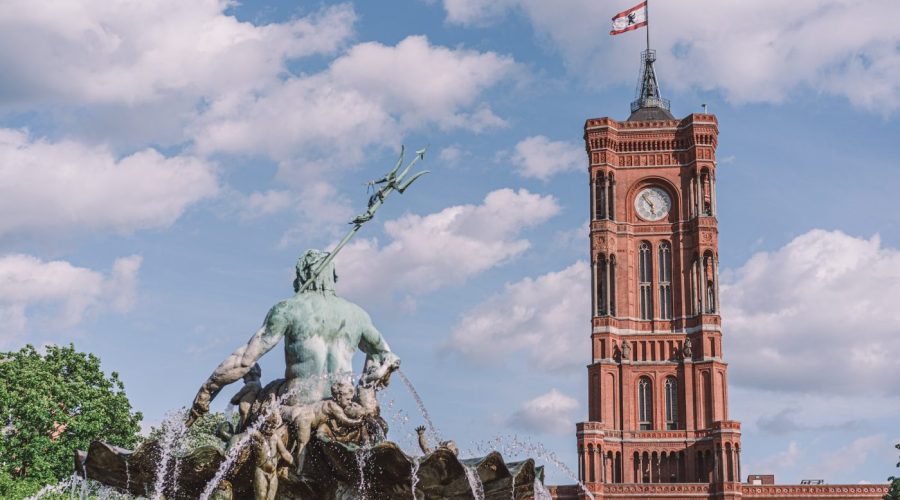Which concentration camp is closest to Berlin?
Berlin, the capital city of Germany, holds a significant role in World War II history. Multiple concentration camps emerged during the black time of Nazi rule. Berlin had no operating concentration camps inside its territory but several nearby camps existed. This article examines the concentration camps that lay nearest to Berlin while explaining their historical value.
Sachsenhausen Concentration Camp
The Sachsenhausen Concentration Camp settled about 35 kilometers away from Berlin and became the nearest facility of its kind to the city center. When Sachsenhausen came into existence in 1936 it functioned mainly as a training base for the SS along with serving as their administrative facility. Time passed until this camp became the prototype which other holding facilities utilized as their model.
Multiple prisoner groups existed at Sachsenhausen including those who opposed the regime and witnesses of Jehovah and homosexuals along with Jews. Inmates suffered through numerous medical tests performed in this facility. The preserved buildings of the camp remain accessible to visiting guests who can learn about the terrible prisoner experience.
Ravensbrück Concentration Camp
During World War II Ravensbrück Concentration Camp operated as the major facility that detained female prisoners at its location approximately 90 kilometers north of Berlin. The facility operated from 1939 onward until it detained more than 130,000 female prisoners from different nations.
The camp gained notoriety because of its medical laboratory experiments combined with labor camp duties and terrible living standards. The facility consisted of prisoner housing combined with industrial production areas where female prisoners had to perform hard labor. Visitors at the campsite now can understand the daily battles as well as the fighting spirit of imprisoned women through the memorial displays.
Oranienburg Concentration Camp
One of the first Nazi concentration camps operated in Oranienburg where the facility resided near the 35-kilometer northern fringe of Berlin. The institution was founded during 1933 then established the guidelines for upcoming concentration camps.
Oranienburg began its existence as a place that detained political prisoners yet developed into a facility that confined Jews and homosexuals together with additional groups the Nazis targeted. The Nazi authorities terminated the camp operation in 1934 however its historical darkness continuously reminds us about the Nazi brutality.
Beyond Berlin
Berlin residents could easily access two concentration camps but the most infamous and deadly facility during World War II existed at Auschwitz-Birkenau located outside of Poland.
The current status of concentration camps functions as an unforgettable historical manifestation of all the horrors which took place during the Holocaust. The experiences at these historical sites let us both honor the departed souls while teaching future generations to stop the recurrence of these catastrophic deeds.
Tips for Visiting Concentration Camps
Prior scheduling your trip is essential to check opening times and book necessary tickets while determining your transportation methods.
- Visitors should avoid inappropriate clothing since a concentration camp visit requires respectful attire.
- Guided tours available at these sites offer beneficial explanations combined with historical facts which enhances your knowledge of the concentration camps.
- Your emotional state needs preparation before you visit concentration camps because the experience tends to be deeply affecting. Protect your well-being because assistance is available to you when required.
- Respect each memorial site because these locations served as concentration camp locations during World War 2. Demonstrate proper respect toward those persecuted victims while performing these activities.
Conclusion
Berlin served as the location for no active concentration camps but these facilities operated in near areas around the city. Current visits to these sites teach us about Holocaust atrocities and the victims require our acknowledgment. Sachsenhausen together with Ravensbrück and Oranienburg concentration camps show visitors the painful experiences that Nazi prisoners suffered. History requires us to work toward preventing future genocides in order to achieve universal peace and respect alongside tolerance for every human being.
Table of Contents



